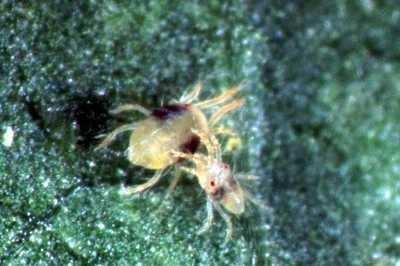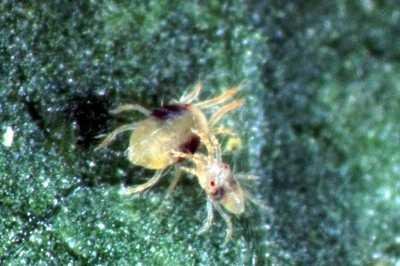Featured Photo

Other Photos

featured_photo_title
Spider mites
feaured_photo_co
Image supplied by Warwick HRI, University of Warwick
Is this a Minor Pest?
Yes
Minor Pest Title
Spider mites (Tetranychus spp., Mononychellus spp., Oligonychus spp.)
Minor Pest Description
Spider mites feeding on plants may cause reduction in plant growth, flowering, and number of seeds. Damage is most severe when mites attack young plants. Mite damage may be particularly severe during the dry season.
Minor Pest What to do.
- Avoid planting next to infested fields.
- Avoid frequent use of broad-spectrum pesticides, in particular pyrethroids; this may lead to spider mite outbreaks.
- Use overhead irrigation or wash plants with a strong jet of water to knock off mites and destroy their webs. Be sure to spray the underneath of the leaves. However, this should be done early in the day to allow the foliage to dry. Wetness of the foliage for an extended period is conducive to development of fungal diseases
Minor Pest Position
4
Minor Pest Firstcontent
169
Pest Type
insect
Host Plants
Amaranth (Revised)
Minor Pest secondContent
364
Featured Image
PH Pests Media Gallery
